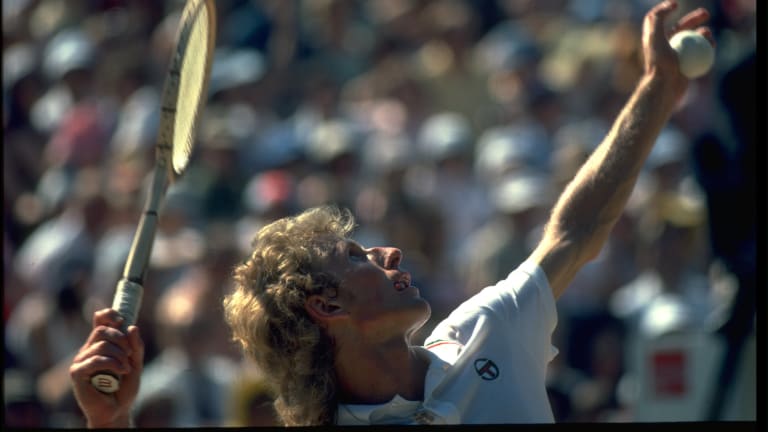Tennis Lessons
On scorching New Year's Eve, Vitas Gerulaitis closes out 1977 in Grand Slam style
By Dec 31, 2021Tennis Lessons
The Never-Ending Serve Quest: Top players shift focus towards improved deliveries
By Feb 27, 2024Tennis Lessons
Roger Federer in primetime: TC Plus Classics to revisit 20-time Slam champ's greatest matches
By Dec 19, 2023Tennis Lessons
Winning Ugly, revisited: Brad Gilbert’s ethos returns with Coco Gauff Slam triumph
By Sep 30, 2023Tennis Lessons
On 50th anniversary of Billie Jean King's 'Battle of the Sexes' win, a push to honor her in Congress
By Sep 20, 2023Tennis Lessons
Decades before the Battle of the Sexes, Billie Jean King and Bobby Riggs spun from the same cloth
By Sep 20, 2023Tennis Lessons
50 years later, ATP Wimbledon boycott remains major tipping point moment
By Jul 13, 2023Tennis Lessons
The case for the volley game: how it might be a way to play Novak Djokovic
By Feb 26, 2023Tennis Lessons
Tracy Austin, former world No. 1, turns 60
By Dec 12, 2022Tennis Lessons
On This Day, 1997: A 141st-ranked Andre Agassi takes "step in the right direction" at Las Vegas Challenger
By Nov 16, 2022Tennis Lessons
On scorching New Year's Eve, Vitas Gerulaitis closes out 1977 in Grand Slam style
The charismatic American captured his lone major title on the last day of the year at the Australian Open.
Published Dec 31, 2021
Advertising
Advertising
Advertising

Playing his first Grand Slam final, Gerulaitis outlasted Great Britain's John Lloyd in five sets to earn the Australian Open crown.
© Getty Images